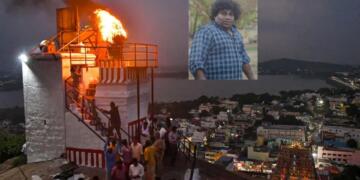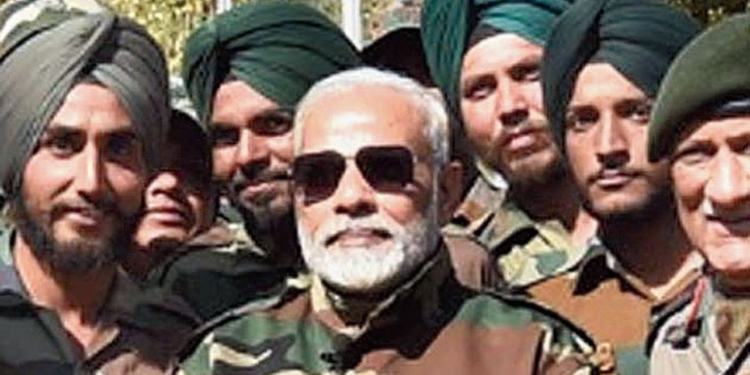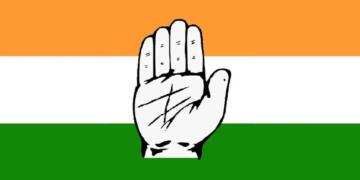Recently, PM Modi spoke about the Balakot airstrikes carried out by the IAF in the month of February following the dastardly terror attack on a CRPF convoy in Pulwama. While speaking about the airstrikes conducted by the IAF, PM Modi said that he had pushed for the airstrikes despite overcast conditions. PM Modi said that he felt that the cloud cover could hamper the accuracy of the Pakistani radars.
He said that it was his “raw wisdom” to dispel doubts of experts who were in favour of deferring the airstrikes. PM Modi said, “The weather was not good on the day of air strikes. There was a thought that crept in the minds of the experts that the day of strikes should be changed. However, I suggested that the clouds could actually help our planes escape the radars.”
The liberal brigade has been severely criticising PM Modi over this statement, with even Congress taking a swipe at him. However, a Firstpost report delves into how the radar technology works and makes it clear that PM Modi was not wrong in his assessment. The radars can detect objects through clouds but their accuracy does get hampered by overcast conditions such as rain and clouds.
As per an Encyclopaedia Britannica entry on radar technology, “rain and other forms of precipitation can cause echo signals that mask the desired target echoes”. According to a post on Radar Tutorial, radar systems work in a band of transmitted frequencies. A radar system is more severely affected by overcast conditions at higher frequency levels. However, the accuracy of a radar system depends on the level of transmitted frequency. The higher the transmitted frequency, the better the accuracy of the radar system.
The Air Surveillance Radars attempt to operate during overcast conditions by compromising on accuracy in order to avoid getting affected by rains and cloud cover. The radars operate in S band (2–4 GHz). But even after compromising accuracy, the radar system does remain vulnerable to overcast conditions. Therefore, overcast conditions not only affect the efficiency of the radar but also force the radar systems to operate on lower frequencies greatly compromising on their accuracy.
In case of of civilian aircrafts, secondary radar is employed to overcome the disturbance caused by clouds. The secondary radars work on the basis of the signals sent out by the transponders of the concerned aircrafts. But the airstrikes carried out by India was a stealth mission. Therefore, transponders on the IAF jets crossing over into Pakistani airspace would have been switched off, rendering the secondary radars ineffective. Pakistan was clueless even as the IAF struck deep and hard into Pakistani territory. This clearly suggests complete failure of Pakistan’s radars in detecting the IAF Mirage 2000 jets. This is further evidence of Pakistani radars being affected by adverse weather conditions.
The Pakistani defence minister’s remarks following the Balakot airstrikes that Pakistan failed to respond to the IAF airstrikes because it was “too dark”. This clearly suggests that the Pakistani radars weren’t able to detect properly in the face of a sudden airstrike and adverse weather conditions.

































